Online shopping provides a quick and convenient way to purchase products, and this is especially true for the...
Respirator Masks
What is a respirator? Respirator Masks create a facial seal and top-level, two-way filtration protection of the air entering and exiting the mask. Each manufacturer has a fit-checking procedure or the user can purchase a Fit Sweet Test Solution spray by 3M to detect leakage. These physical properties distinguish it from a medical or surgical mask that does not have a closed-fitting. Another distinction is that a medical mask has one-way protect
Air Purifying Respirator Types
- Particulate Filter Masks - filter air, dust, and fumes. These are single-use masks for one-time use. N95 respirators are the most common mask of this class, filtering 95 percent of airborne particles.
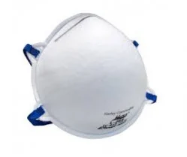
- Gas, Vapor, and Combination Masks - are self-contained breathing apparatuses with full or half-face protection. A full-face respirator mask will protect the eyes, mouth, and nose, whereas the half mask does not cover the eyes but may be worn with protective eyewear. The type of respirator cartridge determines the protection. There are gas and vapor cartridges or a combination cartridge for protection from airborne gas, vapor, and particulates such as dust or formaldehyde.
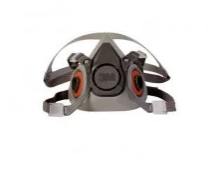
Respirator Rating and Number Class
Disposable masks have a printed rating on the exterior. The letter class indicates the mask's resistance to oil, and the number rating refers to the filtration percentage of particles that are 0.3 microns in diameter. For example, an N95 classification removes 95 percent of the airborne particulates that aren't oil-based.
- N: Not Resistant to oil
- R: Resists oil particles
- P: Completely oil-proof
- 95: Removes 95% of particles
- 99: Removes 99% of particles
- 100 or HE or HEPA Filter: Removes 100% of particles
Respirator Suggestions Based on Exposure to:
- Dust/Sawdust: Wood does not contain oil, and therefore an N95 disposable mask is sufficient in removing dust.
- Mold A disposable or reusable mask with a P100 rating or cartridge.
- Paint Fumes: A disposable P95-rated mask or a reusable respirator with this filter rating.
- Asbestos: A full or half face respirator P100-rated cartridge.
- Gas/Vapors: A full or half respirator with gas/vapor or combination cartridge.
Frequently Asked Questions (FAQs)
What is the difference between an N95 respirator and a surgical mask?
An N95 respirator has two-way protection against particulates. Surgical mask material protects against droplets and not particles for one-way protection.
What mask is better, an N95 or P95 mask?
Both of these N and P-rated masks remove 95 percent of particles. The better option of the two is determined by whether there is a need for oil-resistance in the filter.
Is an N95 a respirator mask?Yes, an N95 is classified as a two-way respirator mask to remove airborne particulates.
What is the difference between a respirator and a ventilator?
A respirator protects a person's face when working with chemicals or harmful airborne pathogens. A ventilator is a machine to assist a patient with breathing.
What does the 95 in N95 mean?
The 95 number rating refers to the percentage of particles removed by the mask. N95 means the filter will remove 95 percent of particles 0.3 microns in diameter.
How long do P95 and N95 filters last?
Depending on use, the filters will have a 40-hour service life or 30-day service life, whichever comes first.
How often should a respirator filter cartridge be changed?Change every six months or when the filter is full of debris.
What does NIOSH mean?
The acronym NIOSH stands for National Institute for Occupational Safety and Health. This institution gives the NIOSH-approved rating to respirator masks in addition to developing workplace safety training.
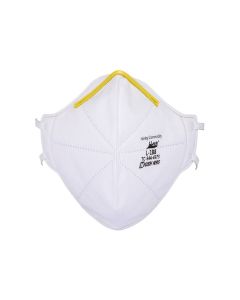
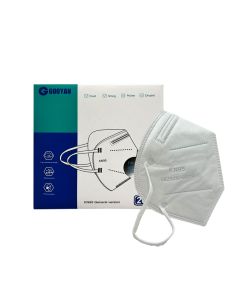
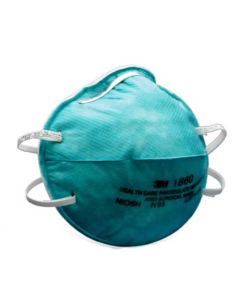

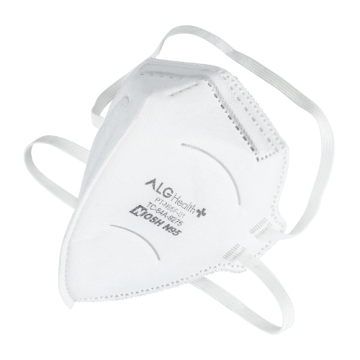

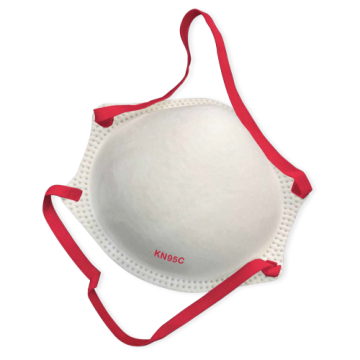
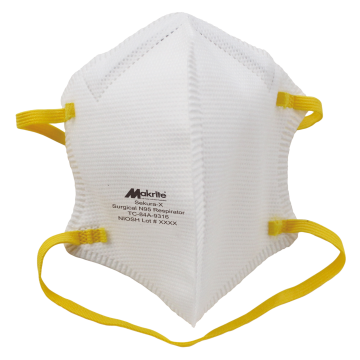
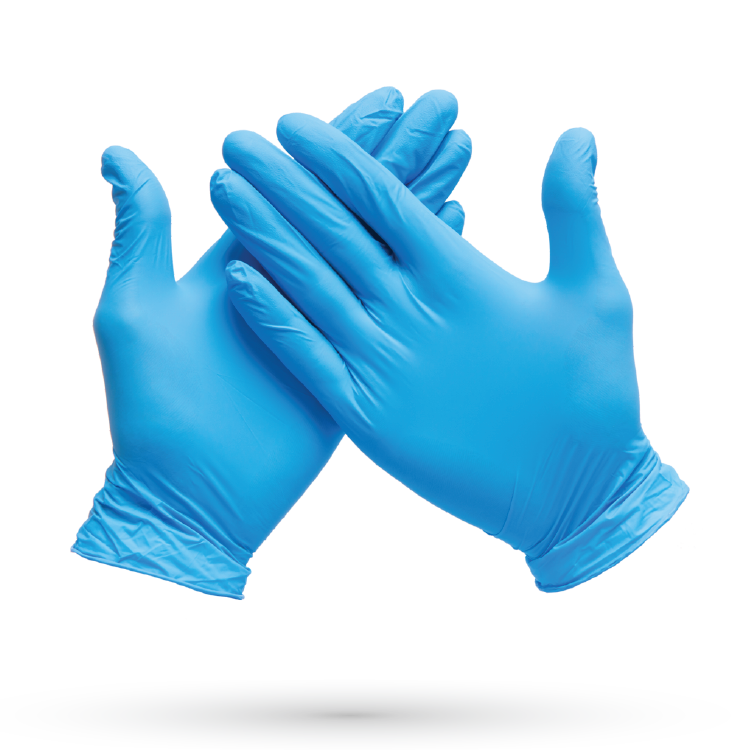
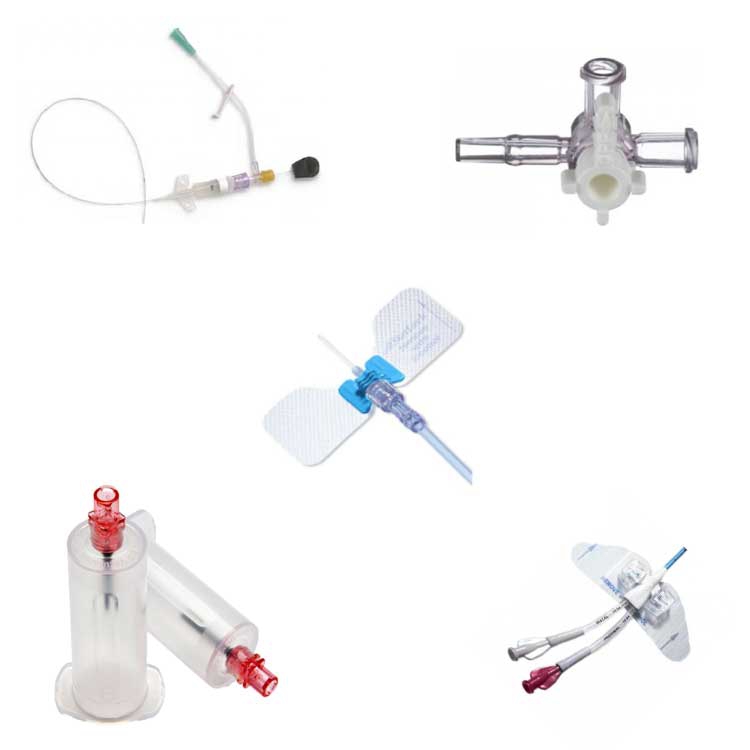

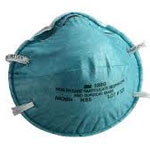
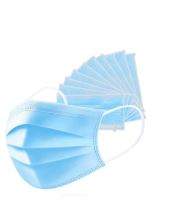
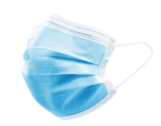
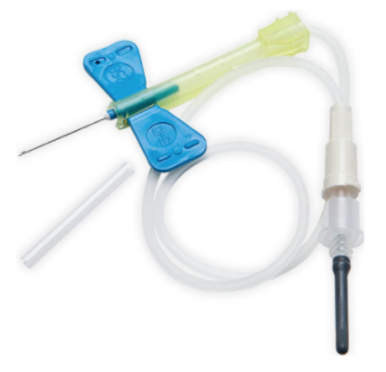
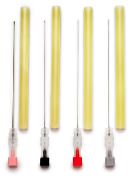
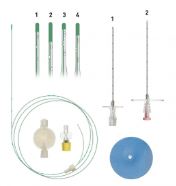
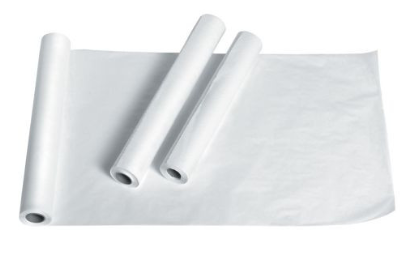

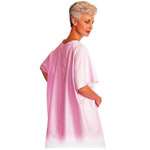
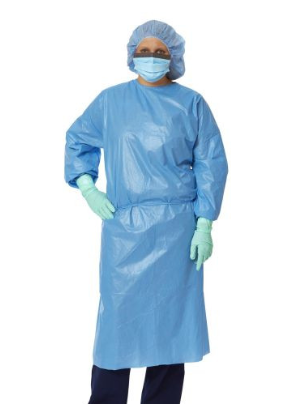
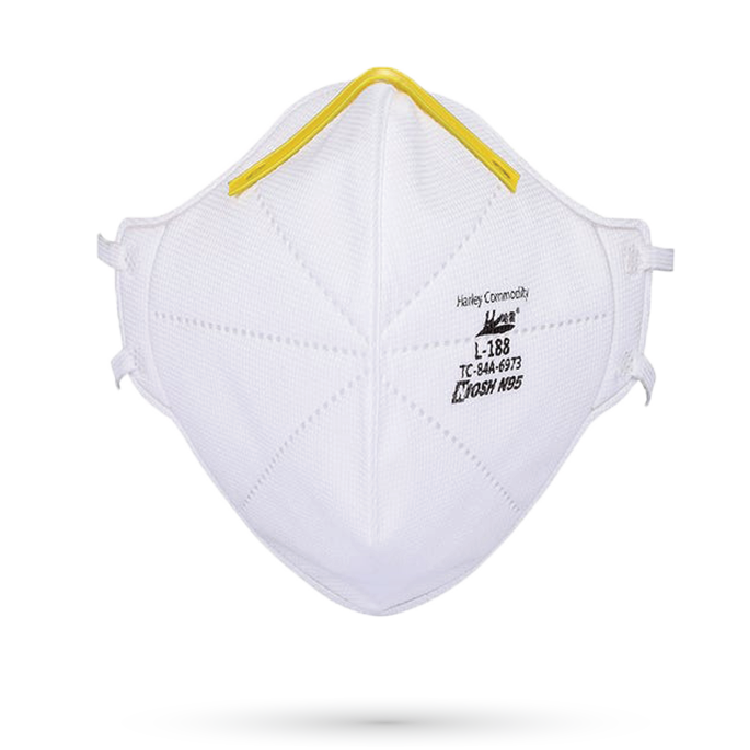
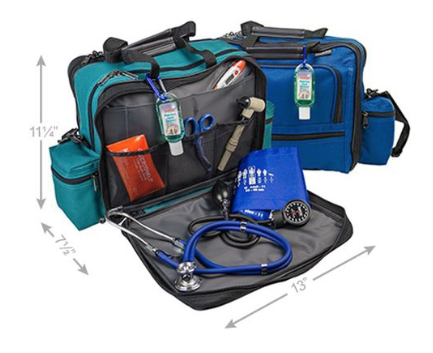
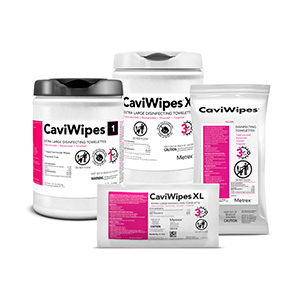
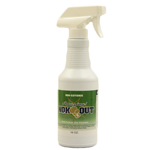
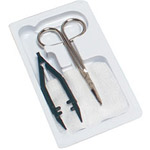
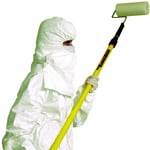
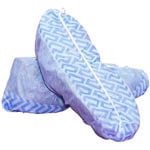
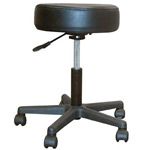
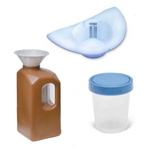
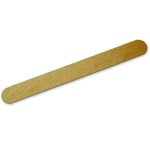
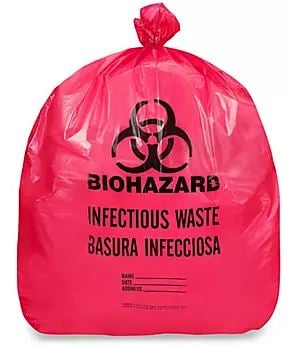
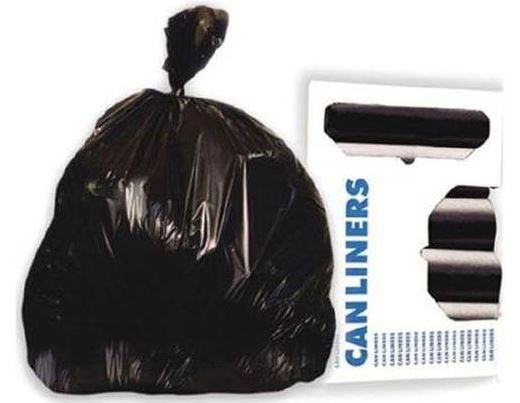
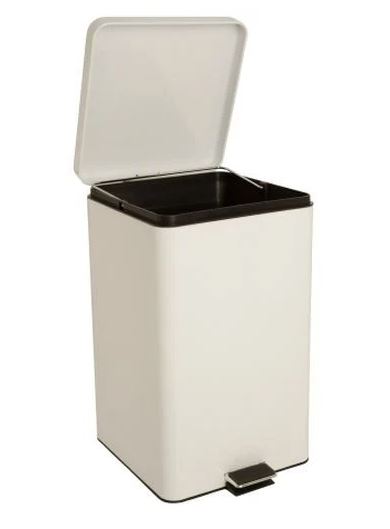

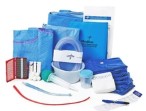

Login and Registration Form